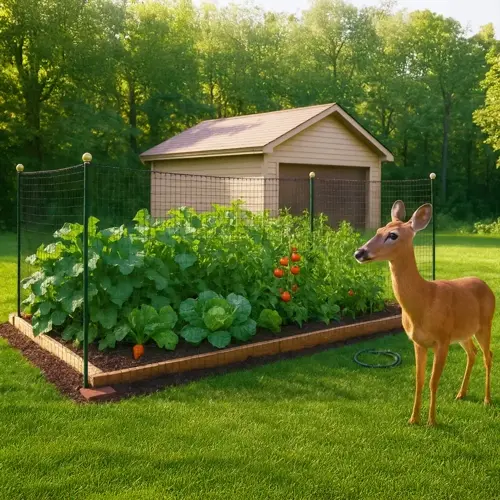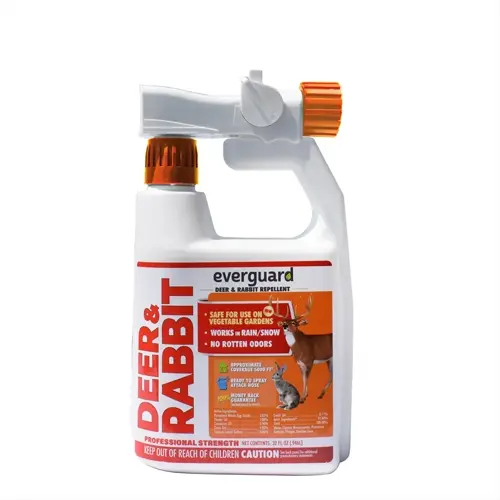Can salt solutions damage my garden soil?

Written by
Benjamin Miller
Reviewed by
Prof. Charles Hartman, Ph.D.Salt solutions cause irreversible damage to garden soil by eliminating the necessary microbial community and altering the soil chemistry. Sodium build-up inhibits water uptake into plants, creating a desert-like environment. I learned this lesson the hard way after ruining a rose bed with a salt mixture that had runoff. Use salt mixtures in non-plant areas, such as driveways, where environmental damage can be minimized.
Microbial Destruction
- Salt dehydrates and kills beneficial bacteria and fungi
- Disrupts nutrient cycling processes essential for plant health
- Requires years of remediation to restore balance
Chemical Changes
- Sodium displaces calcium and magnesium nutrients
- Increases soil pH making nutrients unavailable to plants
- Creates hardpan layers that prevent root penetration
Water Absorption Issues
- Salty soil prevents plants from absorbing moisture
- Causes physiological drought even with adequate watering
- Leads to leaf burn and stunted growth symptoms
Safe Application Zones
- Use only on concrete driveways and walkways
- Apply at least 10 feet from garden beds
- Avoid areas with potential runoff into planting zones
- Never use near lawns or edible gardens
Remediation Steps
- Flush soil with 6 inches of water over multiple sessions
- Add gypsum to displace sodium ions
- Incorporate organic matter to rebuild structure
- Retest soil annually during recovery period
Prevent salt contamination by making buffer zones around gardens. I place landscape edging between my driveway and my flower beds. When using solutions of salt, always monitor the weather to avoid runoff due to rain. Use berms or trenches to contain applications and direct flow away from planting areas.
Recovering salt-damaged soil requires patience and ongoing effort. Flood the affected area with a consistent flow of water over several weeks, and then amend with gypsum and compost. I was able to rejuvenate a rose bed by adding 4 inches of compost while growing salt-tolerant cover crops (like barley) during the recovery process. Regular soil testing is done to monitor recovery.
Select safer alternatives, such as vinegar or boiling water, for weed control in areas near planting zones. These will break down quickly, leaving no residual damage to the soil. As for driveway weeds, I would now apply boiling water in a targeted, strategic fashion, killing weeds instantly without any long-term environmental harm to the neighboring gardens.
Read the full article: 10 Natural Weed Control Methods That Work

